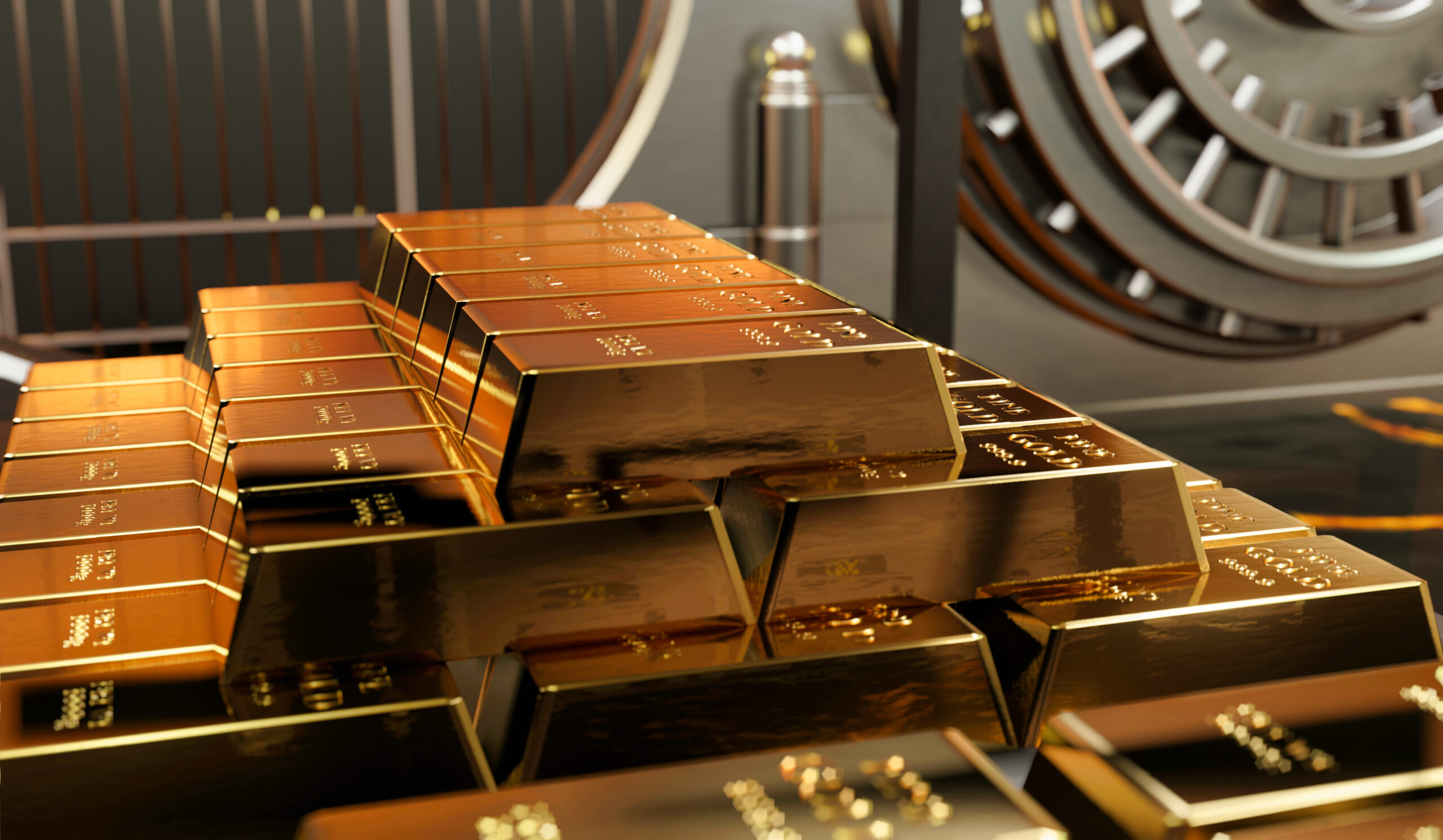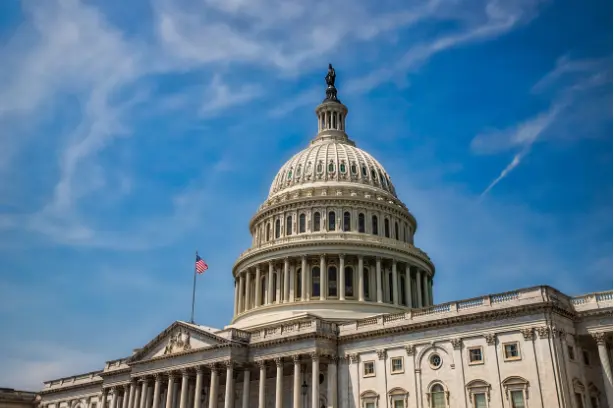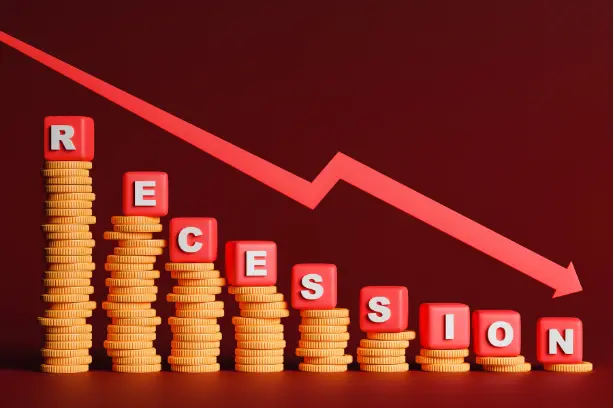By Preserve Gold Research
The world’s central banks snapped up 1,037 metric tons of gold last year, the second highest annual total on record and the latest sign of the metal’s growing appeal as a reserve asset. Since 2010, central banks have been net buyers of gold, amassing over 7,800 metric tons, with more than a quarter of that acquired in the last two years.
But one country in particular stands out for its massive gold purchases – China. The world’s second-largest economy has been accumulating gold at a breakneck pace, leading many to speculate about its long-term intentions and the impact on the global gold market.
A record-breaking 1,090 metric tons of gold was added to China’s reserves in 2023, bringing their total to over 2,200 metric tons. Known for being the world’s largest producer of gold, the East Asian giant has also emerged as the largest consumer and second largest importer of the precious metal, adding more gold than all other central banks combined last year.
But it’s not just China’s sheer volume of gold purchases that has caught the attention of the market — it’s also the level of secrecy surrounding these transactions and the country’s intentions for its growing reserves. Unlike most central banks that report their gold purchases to the IMF every quarter, China’s central bank often buys and stores gold without declaring it as reserves.
Because of this, analysts speculate that China’s true gold holdings could be more than double that of the US, making it the world’s largest holder of gold.
Apart from China’s central bank, the country’s citizens have also been investing heavily in gold. Sales of gold jewelry, gold coins, and bullion in China saw a sharp increase, rising 24 percent year-over-year in the first two months of 2024. With a growing middle class and lingering concerns over the stability of their economy, a growing number of Chinese citizens are turning to gold for added protection.
Increasing demand for gold in China along with the country’s central bank’s continued purchases helped push gold prices past $2,400 in May 2024, reaching record highs. But analysts say that this could be just the beginning, as China continues to diversify its reserves and further embraces gold’s historical figure as a safe haven asset.
China’s Love Affair with Gold
China’s citizens have a long-standing love affair with gold, with its cultural and historical significance deeply ingrained in the country’s traditions. This deep-rooted connection to gold has only strengthened in recent years as economic uncertainty looms over the nation.
In 2023, the annual investment in gold bars and coins in China reached an impressive 280 tons, marking a 28% recovery from the COVID-impacted 2022. The last quarter saw a particularly notable surge, with full-year demand jumping 35% to 83 tons in Q4, and H2 demand hitting a record 164 tons.
“With China’s population facing rapidly aging demographics, Chinese households are trying to boost their retirement savings at a time when real estate and equity markets have been weak,” said Rajiv Biswas, an international economist and the author of Asian Megatrends.
But the rise in gold investment hasn’t been limited to only bars and coins. Demand for gold jewelry also saw a rise, increasing by 10% to 630 tons. Owing to strong local gold prices, which consistently outperformed international prices as the yuan weakened, Chinese households have been stockpiling gold jewelry as a way to protect their wealth. This has been especially evident in rural areas, where families often rely on gold as a form of savings and insurance.
“Economic fundamentals, risk aversion and the recovery of domestic consumption [continue to] drive the investment demand for jewelry and precious metals,” said Pang Xichun, director at Nanjing RiskHunt Investment Management Co.
China’s consumer gold rush has unfolded against the backdrop of a troubled national economy, with a slumping property market among the chief drivers. The once-booming real estate sector became a favored investment for the Chinese public back in the early 2000s, following the relaxation of rules surrounding real estate ownership.
However, this love for property investment began to sour in 2020 when the government initiated a crackdown on rampant property speculation. Mortgages became increasingly difficult to secure, sales plummeted, and property prices fell sharply as inventory piled up. Hundreds of overleveraged property developers faced bankruptcy, and fears of a potential financial crisis in the housing market began to circulate.
Faced with an uncertain economic future, Chinese investors turned to gold as a safer alternative to property. The poor performance of other domestic investments like equities only further fueled this trend, which has been growing even stronger in recent years.
And with extensive local media coverage of the rallies and record-breaking prices in the international gold market, Chinese consumers saw no reason to curb their enthusiasm for the precious metal.
While China’s affinity for gold can be traced back to ancient times, analysts say that the modern-day gold rush is less about cultural tradition and more about the current economic climate. With the Chinese government imposing strict controls on currency exchange and capital outflow, many of its citizens see gold as not only a stable investment but also a way to diversify their savings.
Central Bank Stockpiling
Adding to the demand for gold in China is the country’s central bank, the People’s Bank of China (PBOC). Since November 2022, the PBOC has been feverishly increasing its gold reserves, making it one of the largest holders of gold in the world today. Unsurprisingly, China’s stockpiling of gold only intensified following news of the Western sanctions imposed on Russia in 2022.
The United States’ influence over the global financial system has long been a concern for Chinese policymakers, and experts believe that the Chinese government may be using gold as a hedge against potential economic warfare. By increasing its gold reserves, China can diversify its assets while decreasing its dependence on the US dollar.
This move also aligns with the strategies of other BRICS countries, which are similarly focused on reducing their exposure to Western financial systems.
“It has become apparent that in some cases, nations that are not allied with the United States have begun to look to reduce their reserve mix away from dollars, as they perceive the risks of keeping these reserves vulnerable to sanctions,” noted JPMorgan analysts in a recent report.
Another 60,000 troy ounces of gold were added to the PBOC’s reserves in April, marking the 18th consecutive month of gold buying by the central bank. While economic uncertainty may be the driving force behind China’s gold purchases, some experts suggest that the heightened interest in gold is also a strategic move to strengthen the Chinese currency, the yuan.
The US Dollar Index, which tracks the value of the US dollar against a basket of six other major currencies, has increased 4% so far this year and by 10% since the beginning of 2022. This has raised concerns for countries like China, whose economies are highly dependent on exports and therefore vulnerable to fluctuations in the US dollar.
As the US dollar appreciates, the costs of imported goods for countries with weaker currencies rise, potentially impacting their trade balance and economy. By increasing its gold reserves, China can help stabilize the value of its currency and better protect its economy from external shocks.
Gold Buying Spree Still in Full Swing
Despite contending with a strong US dollar and elevated interest rates — factors that typically suppress demand for gold — gold prices have climbed more than 15% since the beginning of this year. But analysts believe that this could be just the beginning of a “golden era” for gold, as market conditions are primed to support higher prices in the coming years.
Economist David Rosenberg recently predicted that gold prices could climb to $3,000 per ounce, representing a 27% increase from current levels. This bullish outlook is underpinned by China’s voracious appetite for gold along with other emerging economies like India and Russia, who have also been ramping up their gold reserves in recent years.
As of April, China’s gold reserves accounted for only 4.6% of its total reserves, compared to the global average of 13%. If China were to increase its gold reserves by just one percentage point, or 420 tons of gold, it would consume 11% of new global production. “There is incredible room to run for the PBOC over the next few years just to approach the global benchmark of gold reserves,” Rosenberg stated.
With a fizzling economy and underperforming markets, analysts say China’s citizens and central bank are likely to continue their gold buying spree. Heightened geopolitical risk amid conflicts in Ukraine and the Middle East, along with ongoing trade tensions between the US and China, are also expected to drive up demand for thee historically “safe-haven” metal.
As noted by The New York Times, “there is a growing sentiment that the gold market is governed no longer by economic factors but by the whims of Chinese buyers and investors.” The influence of China is unmistakable and the narrative is clear: China’s influence on the gold market is profound and poised to grow even stronger in the coming years.







